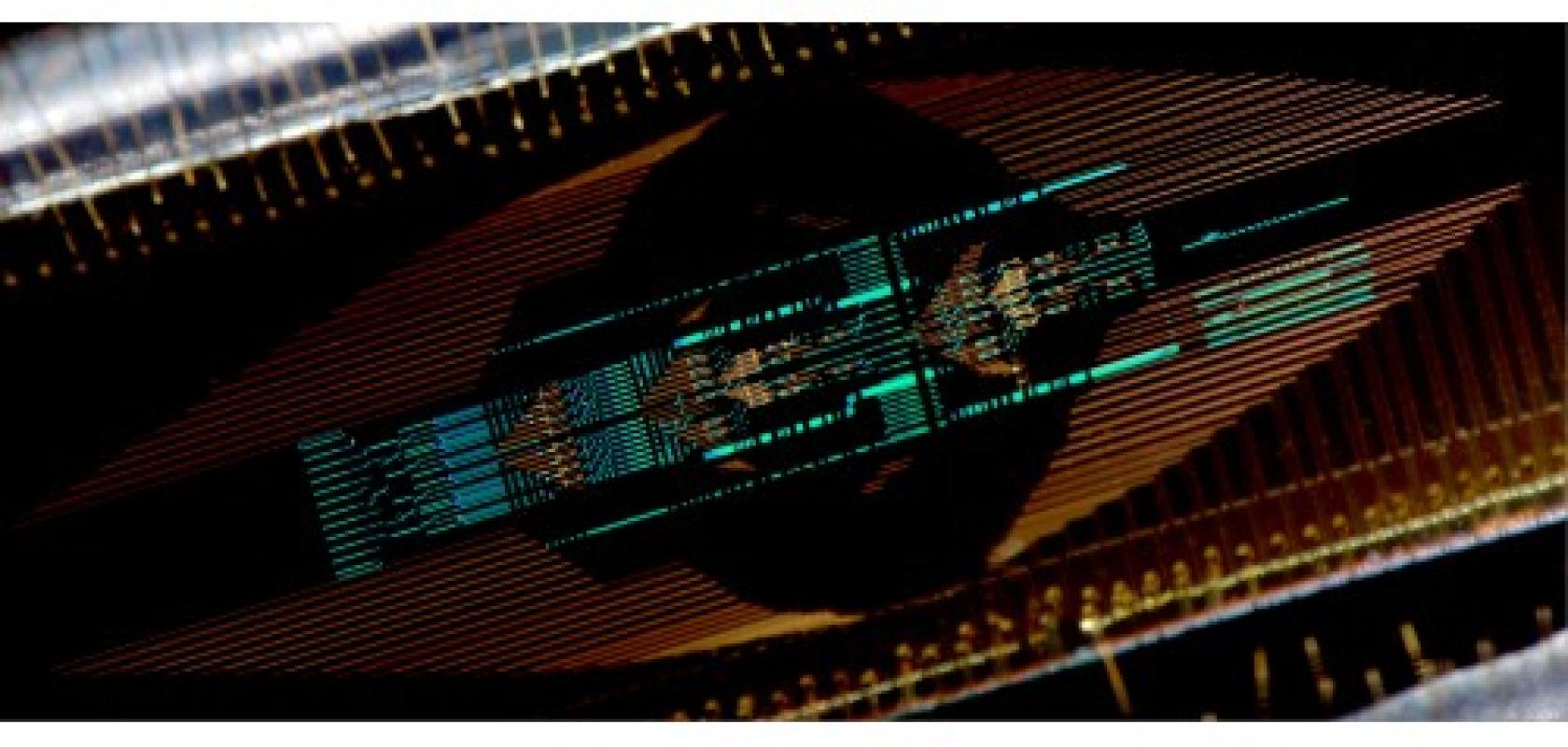A research team from Bristol’s Quantum Engineering and Technology Labs (QETLabs) has demonstrated how to protect qubits from errors using photons in a silicon chip.
While quantum computers are gaining popularity, quantum states of particles can be very fragile. The quantum bits, or qubits, that underpin quantum computing can pick up errors easily and be damaged by the everyday environment.
Quantum error correcting codes are a method to protect, or to nurture, qubits, by embedding them in a more robust entangled state of many particles. Now, the QETLabs team –including researchers from DTU in Copenhagen who fabricated the chip – has demonstrated this using a quantum photonic chip. They showed how large states of entangled photons can contain individual logical qubits and protect them from the harmful effects of the classical world.
Dr Caterina Vigliar, first author on the work, which was published in Nature Physics, said: ‘The chip is really versatile. It can be programmed to deliver different kinds of entangled states called graphs. Each graph protects logical quantum bits of information from different environmental effects.’
Anthony Laing, co-director of QETLabs, and an author on the work, added: ‘Finding ways to efficiently deliver large numbers of error protected qubits is key to one day delivering quantum computers.’


